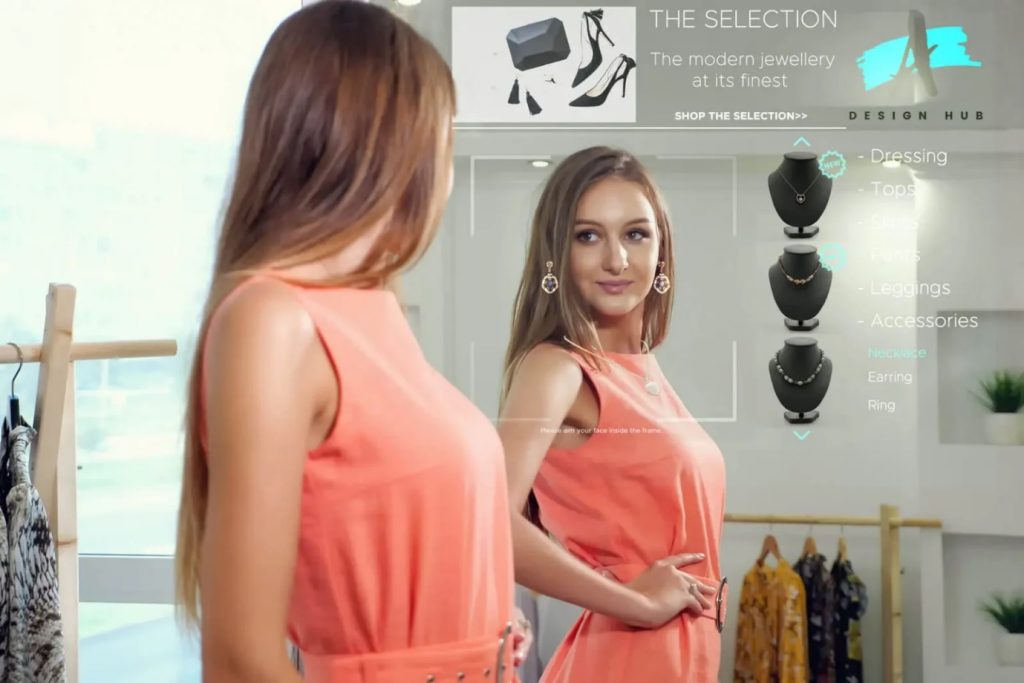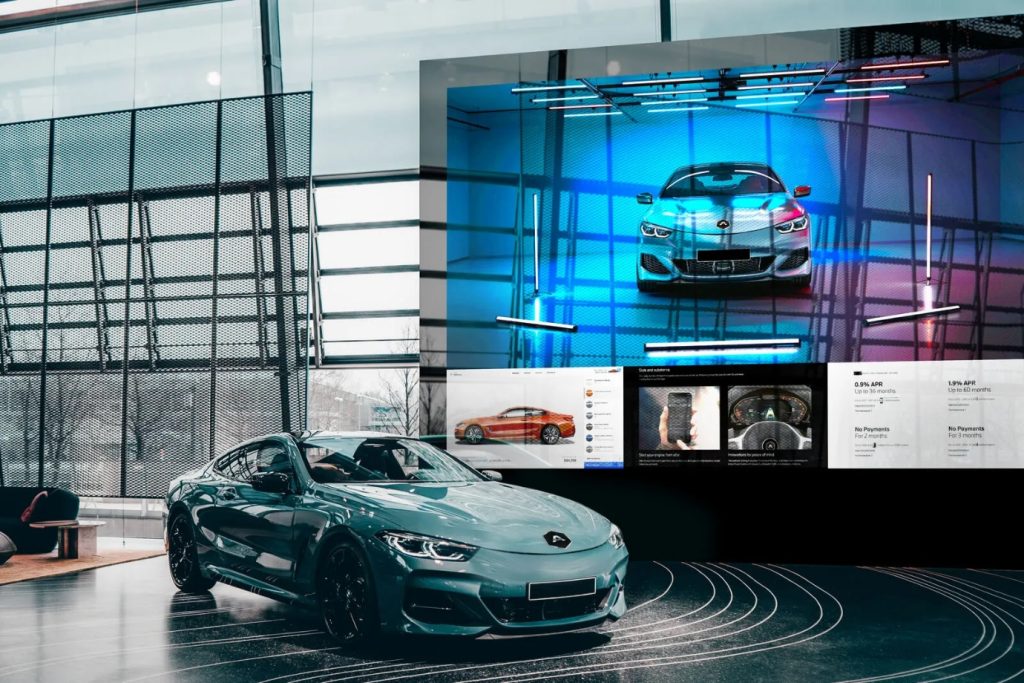Retail stores face increasing pressure to provide experiences that online shopping cannot replicate. Smart mirrors offer a practical solution by combining physical shopping advantages with digital convenience, creating interactive fitting rooms and display areas that engage customers and drive purchasing decisions.
Customer Experience Improvements Through Smart Mirror Technology in Stores
Smart mirrors fundamentally change how shoppers interact with products and make purchasing decisions. These devices address common pain points in the traditional retail experience while adding new capabilities that enhance satisfaction.
The technology eliminates the frustration of multiple fitting room trips. Shoppers can request different sizes, colors, or styles through the smart mirror interface, and staff receive instant notifications. This reduces wait times and keeps customers engaged with products rather than searching for assistance. Studies indicate that customers who use smart mirrors spend 30% more time exploring product options compared to traditional shopping methods.

Virtual try-on capabilities extend beyond physical inventory limitations. Customers can see themselves in items currently out of stock or available only online. The mirror saves these virtual outfits to customer profiles, enabling later purchase either in-store or through e-commerce platforms. This seamless connection between physical and digital shopping channels increases customer convenience and captures sales that might otherwise be lost.
How Smart Mirrors in Retail Drive Sales Conversion Rates
Retailers implementing smart mirror technology report measurable improvements in key performance metrics. Understanding these impacts helps justify investment decisions and optimize deployment strategies.
Smart mirrors increase average transaction values through intelligent product recommendations. When a customer tries on a dress, the mirror suggests matching accessories, shoes, and complementary items. These suggestions appear naturally during the try-on process, when customers are most receptive to additional purchases. The personalized nature of recommendations, based on style preferences and previous purchases, achieves higher conversion rates than generic displays.
The technology also reduces return rates significantly. Virtual size matching helps customers select proper fits before purchasing. Lighting adjustments show how garments appear in different settings – office fluorescents, natural daylight, or evening ambiance. This realistic preview helps customers make confident decisions, reducing post-purchase dissatisfaction.
Key metrics improved by smart mirror implementation include:
- Conversion rate increases. Stores report 10-15% higher conversion rates in fitting rooms equipped with smart mirrors.
- Basket size growth. Average purchase amounts increase by 20-30% through effective cross-selling and upselling.
- Return rate reduction. Product returns decrease by 15-25% due to better-informed purchase decisions.
- Customer dwell time. Shoppers spend 40-60% more time engaging with products through interactive mirrors.
Data Collection and Analytics from Smart Mirrors in Retail Environments
Retailers gain valuable insights through smart mirror interactions that inform inventory decisions and marketing strategies. This data provides unprecedented visibility into customer preferences and shopping behaviors.

Every interaction with these devices generates data points. Which items do customers virtually try on but not purchase? What combinations do they create? How long do they spend evaluating different options? This information reveals preference patterns that traditional retail analytics cannot capture. Retailers use these insights to optimize product placement, adjust inventory levels, and identify emerging trends before they fully materialize.
Privacy-compliant data collection focuses on aggregate behaviors rather than individual tracking. Heat maps show which mirror features receive the most use. Session analytics reveal peak usage times and average interaction durations. Product affinity analysis identifies unexpected item combinations that could inspire new merchandising strategies.
Integration Strategies for Smart Mirrors in Retail Store Layouts
Successful smart mirror deployment requires thoughtful integration with existing store operations and layouts. Placement, staff training, and system connectivity all influence effectiveness.
Fitting room installations remain the most common application. These private spaces allow customers to experiment with virtual try-ons without self-consciousness. Smart mirrors in fitting rooms should connect with inventory management systems to show real-time availability. Integration with point-of-sale systems enables direct purchasing from the fitting room, reducing friction in the buying process.
Shop floor installations serve different purposes:
- Entrance displays. Interactive mirrors near store entrances showcase new arrivals and trending items.
- Department anchors. Mirrors in specific sections provide category-focused recommendations and styling advice.
- Checkout areas. Mirrors near registers offer last-minute add-on suggestions and loyalty program enrollment.
- Window displays. Outward-facing smart mirrors engage passing pedestrians with interactive content.
Staff training ensures smooth operations. Employees need to understand mirror capabilities to assist customers effectively. They should know how to troubleshoot basic issues and leverage mirror data to provide personalized service. Regular training updates keep staff current with new features and best practices.
Conclusion
Smart mirrors in retail environments create measurable improvements in customer experience and sales performance. The technology addresses fundamental shopping frustrations while providing retailers with valuable data insights. Success depends on thoughtful implementation, proper staff training, and integration with existing systems. As deployment costs decrease and capabilities expand, smart mirrors will likely become standard fixtures in retail stores seeking to balance digital innovation with physical shopping advantages. Retailers should evaluate their specific customer demographics and store layouts to determine optimal smart mirror strategies.

